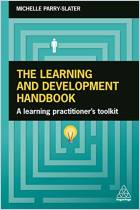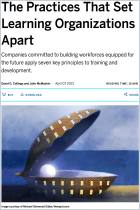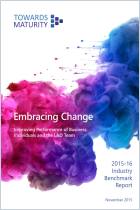Workforce disruptions have become the norm. They can result from technological changes or events like the 2008 recession. The changes can be temporary or enduring. Almost everything about work changed during the COVID-19 lockdowns in 2020, for instance. Learning and development (L&D) teams are responsible for preparing employees and organizations for such disruptions, learning expert JD Dillon notes. However, not all methods of achieving that goal remain effective in today’s anarchic world of work. But, he argues, the flexible “Modern Learning Ecosystem” approach is a perfect fit.
Change the way you think before you change your L&D approach.
Even before the 2020 pandemic lockdowns transformed most people’s relationship to work, workplace disruption was common – and exerted a significant influence on the pursuit of L&D. According to a 2019 study, over half of 10,000 companies surveyed experienced disruption. L&D helps prepare people for disruption, yet, as of 2021, fewer than 10% of companies believed they could anticipate and adapt to future disruptions.
Disruptions affect everyone in a company differently. For example, executives might feel pressure from boards and stakeholders, while workers might worry about productivity and holding onto their jobs. Some organizations adapt more smoothly to disruption than others. They might excel, for example, at adjusting to remote work and adopting relevant practices. Organizations that successfully adapted to the COVID-19 pandemic adopted a “modern learning mind-set.”
The modern learning mind-set involves observing a few basic principles. First, enmesh learning – such as quick and efficient “microlearning” moments – into the rhythm of daily work. Make...















Comment on this summary